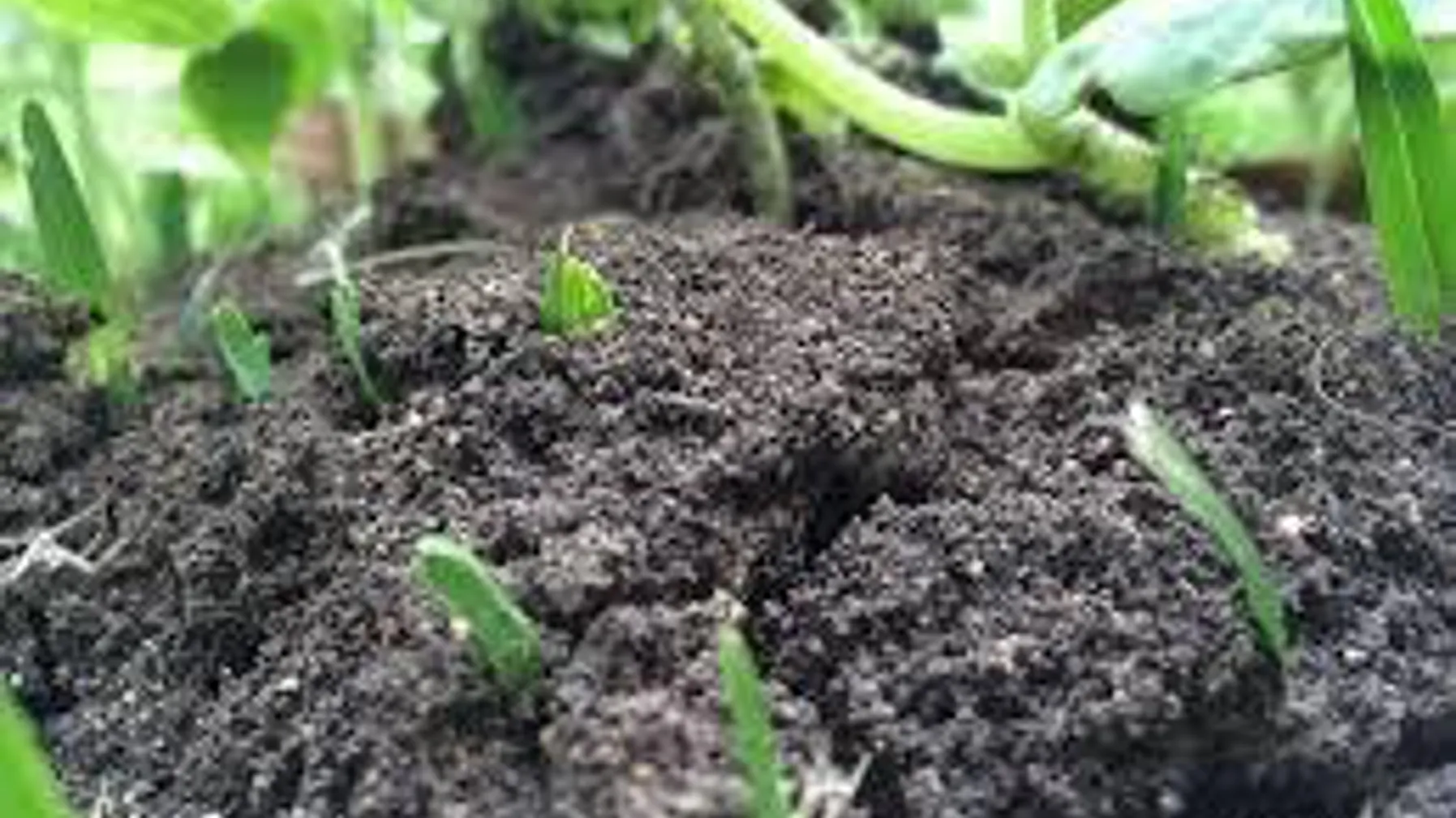Improving Your Soil

Is your garden soil not quite what you want it to be? Need to make some improvements? Soil amendments may be a solution. Before making any additions or changes to your soil, it’s good to know what soil amendments are and how they may work in your soil. Keep in mind that no amount of soil amendment will overcome poor design, plant selection, improper planting, or poor care.
What is an amendment?
A soil amendment is any material added to soil to improve its physical properties, such as water retention, permeability, drainage, aeration, and structure.
Amendment - any material mixed into the soil that indirectly aids plant growth by improving the physical properties of the soil
Mulch - organic or inorganic materials placed on the soil surface to help prevent weed growth, conserve moisture, and add organic matter to the soil as they break down
Soil conditioner (a type of amendment) - material that improves soil structure, increases pore space, and enhances air exchange, water movement, and root growth
Fertilizer - directly affects plant growth by improving the supply of nutrients in the soil. Amendments may act as fertilizers by providing nutrients.
Why amend your soil?
• To maintain or improve physical structure
• To improve water retention or drainage
• To increase or decrease soil pH
• To increase the volume of organic matter
Deciding what you need
Before deciding on what material to use consider:
• What you want the amendment to do
• How long the material will last in the soil
• Whether the material retains water and / or improves permeability
• Any problems associated with the material (e.g., excess salts, weed seeds, plant, animal or human pathogens)
• Practical aspects of the material - availability, cost, and ease of handling
More about amendments
The two general types of amendments are organic and inorganic:
1. Organic amendments come from something that was once alive. They:
• Increase soil organic matter
• Contain plant nutrients that can act as fertilizer
• Serve as an energy source for bacteria, fungi, and earthworms
• Modify the soil structure as they decompose
Examples of organic amendments include:
• Animal manures
• Compost
• Grass clippings
• Leaf mold
• Straw
• Wood chips and wood ash
• Worm castings

2. Inorganic amendments are either mined or man-made. They may:
• Improve soil texture and structure
• Aid in pH adjustment
Examples of inorganic amendments include:
• Greensand
• Gypsum
• Lime
• Perlite
• Pumice
• Sand
When deciding on what type of material to use, also consider:
Decomposition Rate – how long it will last in the soil
Permeability – ability of water or other liquid and air to move through the material
Water Retention - the amount of water that the material can hold
This table includes many common soil amendments and their decomposition rate, permeability, and water retention capacity.
For more information regarding specific characteristics and uses of soil amendments, see:
• Compost
• Cover Crops
• Other Soil Amendments

